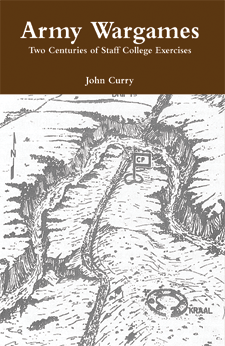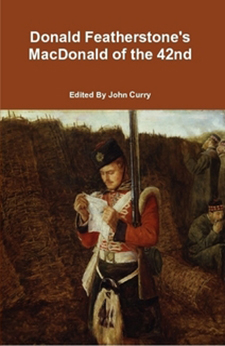The History of Wargaming Project
The project aims to make the largest possible collection of wargaming books and rules available to the modern reader. Ranging from second editions of wargaming classics, to professional wargaming rules used by the military and innovations in current wargaming.

|
|
Professional Wargaming

|
Army Wargames: Two Centuries of Staff College
Exercises 24 May 2016 Second Edition by John Curry |
|||||||||||||||||||||||||||||||||||||||||||
|---|---|---|---|---|---|---|---|---|---|---|---|---|---|---|---|---|---|---|---|---|---|---|---|---|---|---|---|---|---|---|---|---|---|---|---|---|---|---|---|---|---|---|---|---|
|
Five classic examples of staff college exercises on a map (1858-1980).
This book was originally published as, 'Two Centuries of Staff College Exercises 1858-1980'
The History of Wargaming Project The project aims to make the largest possible collection of wargaming books and rules available to the modern reader. Ranging from second editions of wargaming classics, to professional wargaming rules used by the military and innovations in current wargaming. 
The History of Wargaming Project The project aims to make the largest possible collection of wargaming books and rules available to the modern reader. Ranging from second editions of wargaming classics, to professional wargaming rules used by the military and innovations in current wargaming. 
The book is available from Amazon and other online stores. |
||||||||||||||||||||||||||||||||||||||||||||
|
||||||||||||||||||||||||||||||||||||||||||||
|

